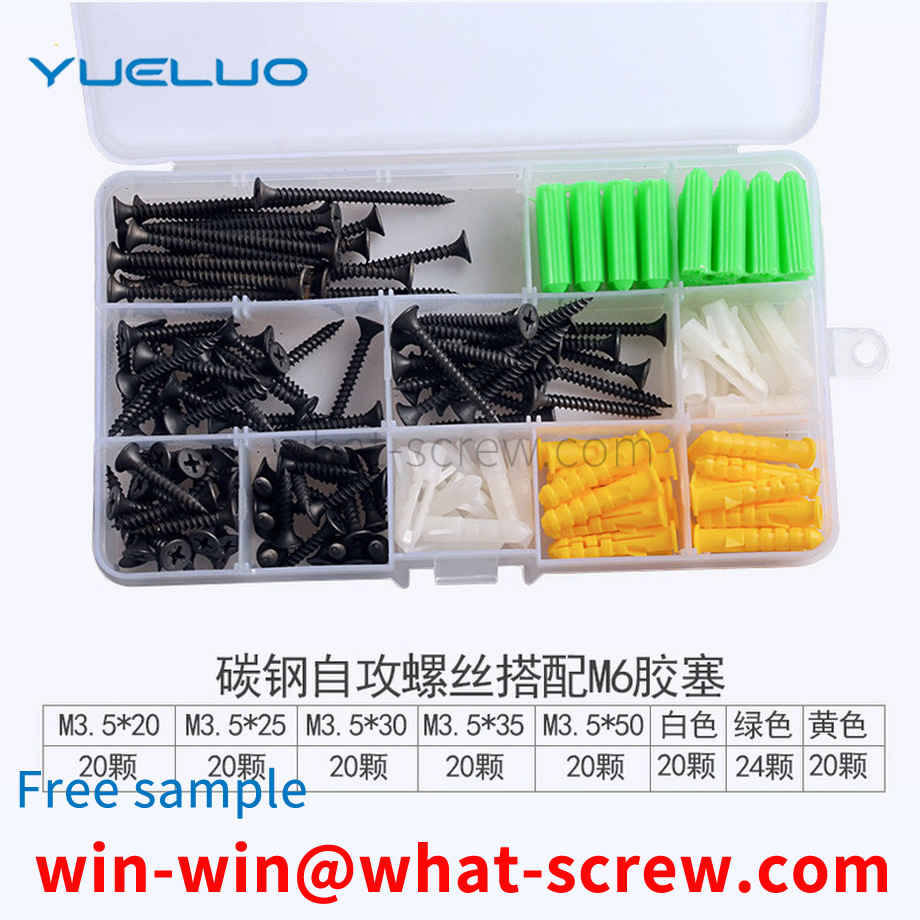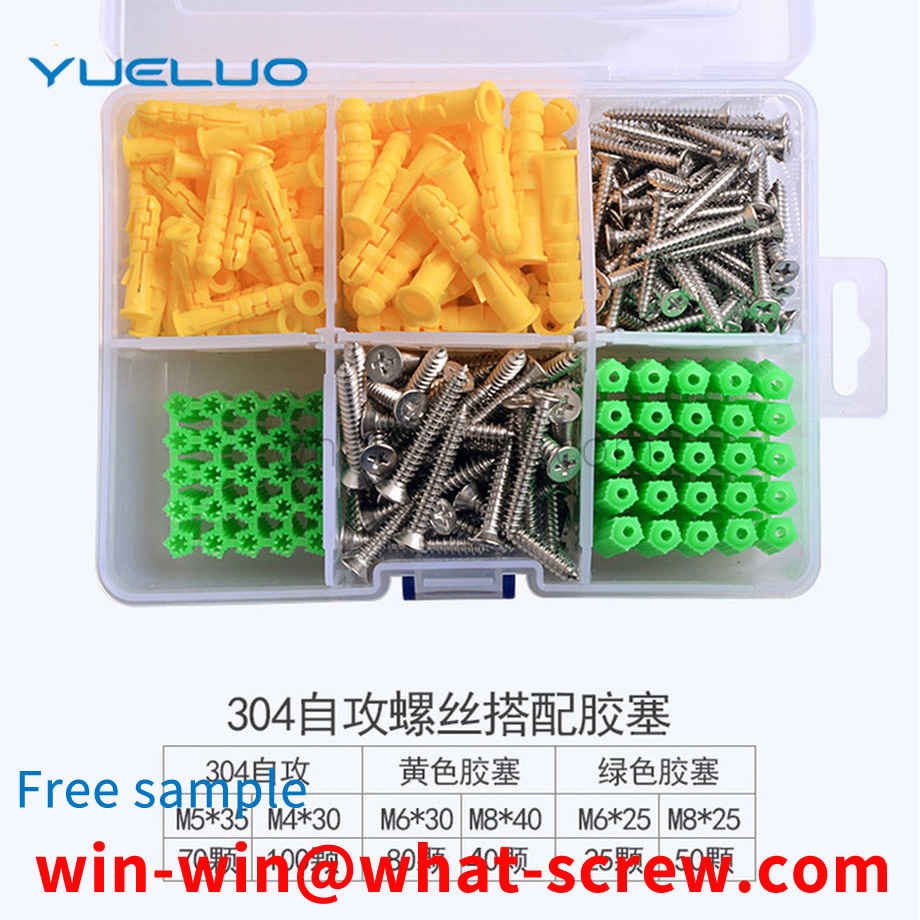Screw name broadcast 1. Machine screw 2. Self-tapping screw 3. Drilling screw 4. Wallboard screw 5. Fiberboard screw 6. Wood screw 7. Hexagonal wood screw 8. Non-prolapse screw 9. Combination screw 10. Micro screw 11. Furniture screws 12. Electronic screws
captive screw is a commonly used pressure riveting part. Usually the captive screws are directly riveted on the motherboard, so as to play the role of fixing the components, and there is a high requirement for the distance between the opening holes on the component. Once the distance between the through holes on the component and the If the distances between the riveting holes on the motherboard do not match, the components cannot be riveted on the motherboard, which will result in defective or scrapped products, thereby increasing production costs and reducing production efficiency.
Due to the high demand for electronic products and the reduction of assembly line workers, in order to cope with the problem of labor shortage, manufacturing factories need to use automatic screw locking equipment to replace manual labor. In the existing automatic locking and paying equipment, most of them use a screw arranging machine to arrange the screws, and an electric screwdriver (electric batch) takes the screws back and forth, or the special equipment blows the screws into the electric batch to send the screws to the electric batch, and back and forth. The method of taking is too time-consuming, and the method of blowing air is not suitable for screws with small aspect ratios.
Dowels are made on the steering seat on the ball head of the car, and the rollers are assembled to the steering seat through the dowels. The prior art is manual driving of the pins, and the position of the pins is inaccurate when driving the pins, the labor intensity is high, the efficiency is low, and the quality of the steering seat is also affected. Therefore, it is necessary to design an automatic pin-driving mechanism to drive the pins into the steering seat. .
Inch Screws C-1: Thread Code: The denominator is marked as 8, and then the numerator is directly called the number. Ex: 1/8 x 0.50 –PPB: 1 Thread screw x 0.50” long, PPB Ex: 5/16 x 0.50 –PPB = 2.5/8 x 0.50-PPB : 2 ½ inch screw x 0.50” long, PPB Ex: 5/32 x 0.50 –PPB =1.25/8 x 0.50-PPB: 1 ½ ½ inch screw x 0.50” long , PPB Ex: 1/4 x 0.50-PPB= 2/8 x 0.50-PPB: 2-point screw x 0.50” long, PPB Note: Coarse or fine pitch is sometimes indicated. UNF: Fine pitch: more commonly used in the electronics industry UNC: Coarse Thread: More commonly used for heavy machinery construction. Ex: 3/8 x 0.50, UNF –PPB: 3 point fine thread screw x 0.50” long, PPB. C-2: Length Code: In inches, must be multiplied by 25.40 is converted to mm. Measured with a buckle gauge, it is a metric thread when it matches the metric thread, and an inch thread when it matches the inch thread. You can also use a caliper to measure the outer diameter and pitch of the thread. The outer diameter of the metric thread is in millimeters, Such as 6, 8, 10, 12, 18, 20 mm, etc., the pitch is also in millimeters, such as 0.5, 0.75, 1, 1.5, 2, 3, etc. The outer diameter of the imperial thread is in inches, (per inch Equal to 25.4 mm) such as 3/16, 5/8, 1/4, 1/2, etc. Therefore, the reading of the outer diameter with a metric caliper often has irregular decimals. The inch pitch is expressed by how many teeth per inch. Set the caliper at 25.4 mm, align one caliper tip with the thread cusp, and the other caliper tip, if aligned with the thread cusp, is an inch thread, and if the thread cusp is not aligned, it should be a metric thread. The tip is printed on the white chalk. The chalk is clear and easy to measure. To measure the metric pitch, you should measure a length, such as 10, 15, 20, millimeters, etc., count how many teeth are included, and calculate the pitch in inches. The specified thread specification is inch thread, such as: G1. Metric threads are specified in metric units of millimeters. Such as: M30. The imperial system is determined by how many teeth there are in one inch (2.54 cm), generally a 55-degree angle. The metric system is the pitch determined by the distance between the two tooth tips, usually a 60-degree angle anchor screw: tighten the machine, etc. Screws for use on the ground. Also called anchor bolts. The difference between British and American screws is difficult to distinguish visually. The difference between British and American screws is that the rolling angle of British screws is 55 degrees, while the rolling angle of American screws is 60 degrees. These two standard screws are used in most screws. It can be used in general, but 1/2 size screws are not allowed, because the standard thread of inch 1/2 is 1/2-12 teeth, while the American system is 1/2-13 teeth.
We have many years of experience in the production and sales of screws, nuts, flat washers, etc. The main products are: flat washers spring washers, stainless steel DIN912 screws, rubber plug expansion 6m screws, extended cup head screws and other products, we can provide you with suitable products for you. Fastener Solutions.



















 Service Hotline
Service Hotline




